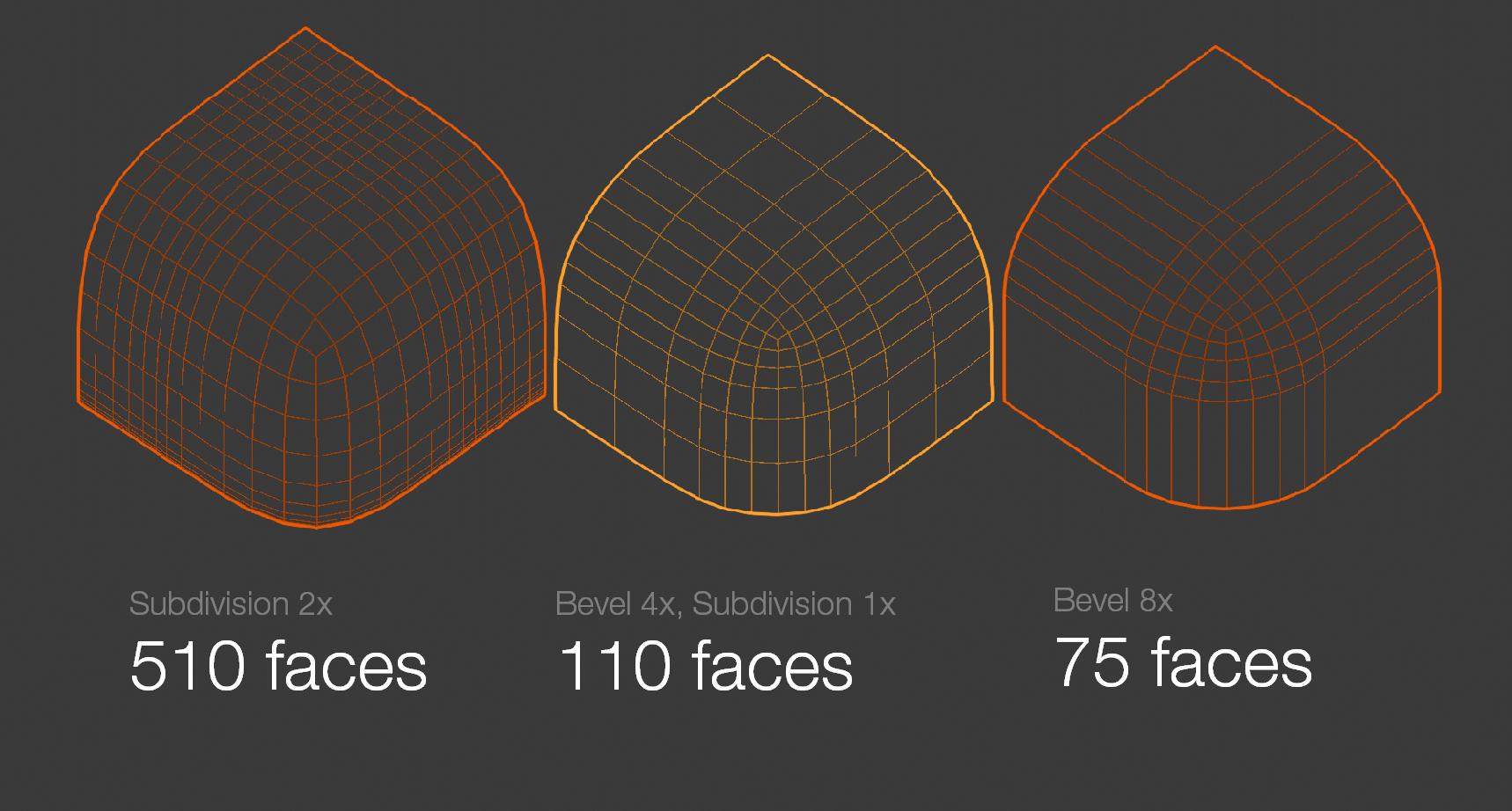in Blender tutorials i see that apart from CTRL + E, loop cuts are often used to preserve edges, despite subdivision surface modifier.
Now that I have some experience with Blender and have created meshes with more than 100,000 faces, I wonder if this is the most useful method.
Of course it is faster to add a layer of the subdivision modifier and then add loopcuts, but the bottom line is that Blender has to work with more vertices and faces.
I am aware that if the mesh is not near the camera, you can set the subdivision modifier to adaptive (cycles) or use a decimate modifier.
Now to the real question: Is it better for performance to use a subdivision modifier lv 1 and add the details yourself to reduce vertices in the end result, or to work with loop-cuts and subdivision modifier lv 2 to reduce vertices in the viewport?

